In a groundbreaking development, Canon has unveiled a full-frame CMOS sensor with an astonishing resolution of 410 megapixels (24,592 x 16,704 pixels). This sensor, boasting the largest number of pixels ever achieved in a 35mm full-frame format, represents a significant leap forward in imaging technology. With applications spanning surveillance, medical imaging, and industrial use, Canon’s latest innovation pushes the boundaries of what is possible in high-resolution sensors, which can be implemented in cinema cameras in the future.
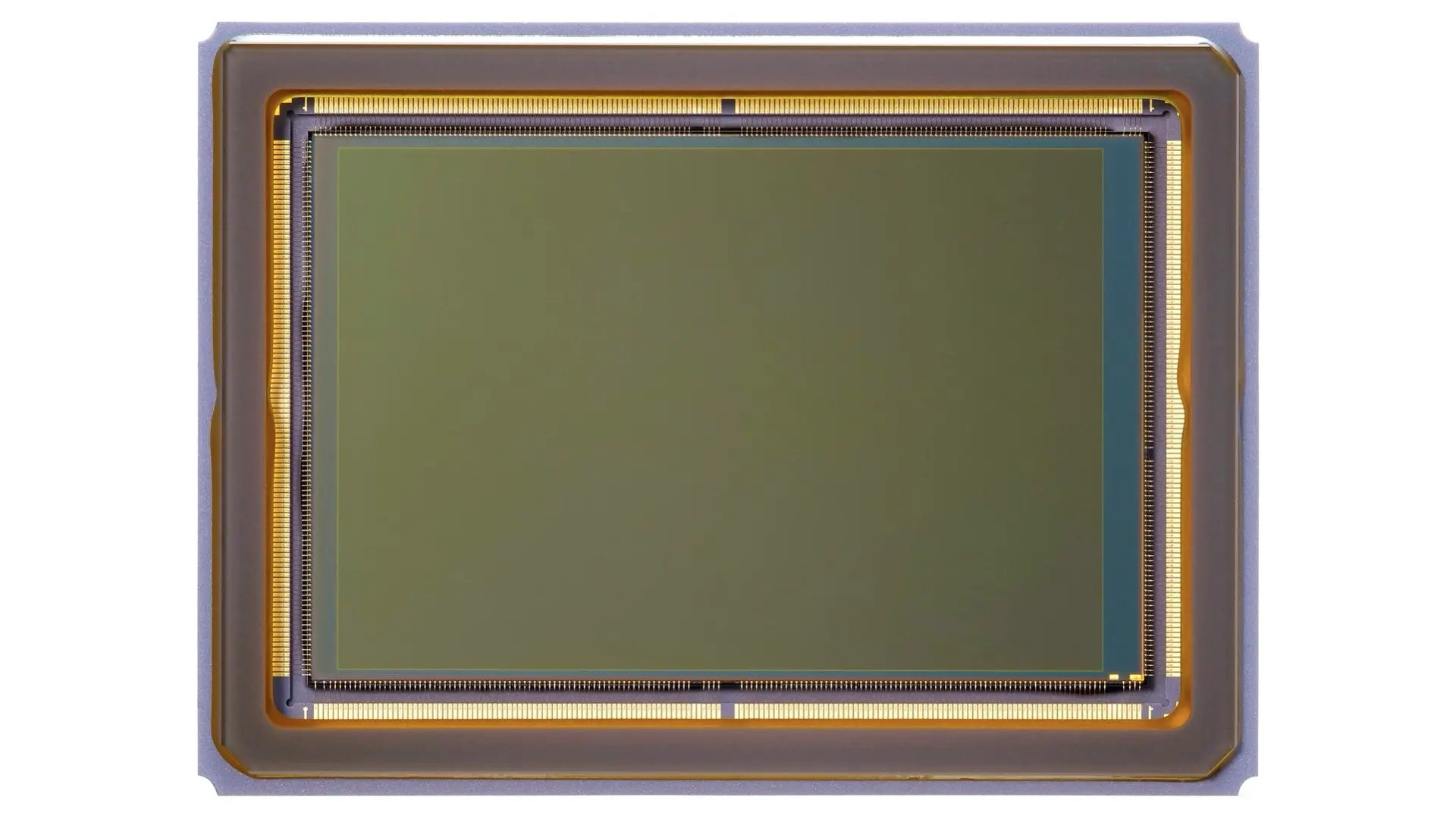
A 24K Sensor: Breaking New Ground
The new CMOS sensor delivers an unprecedented resolution equivalent to 24K—a staggering 198 times greater than Full HD and 12 times greater than 8K. This extreme resolution allows for unparalleled image detail, enabling users to crop and enlarge specific parts of an image without losing clarity. Such capabilities have the potential to revolutionize fields where high precision and detail are critical. What sets this sensor apart is its ability to achieve this level of resolution within a 35mm full-frame format. Historically, sensors with super-high pixel counts have been limited to large format sensors, making them bulky and challenging to use in conventional setups. Canon’s new sensor, however, is compact enough to work seamlessly with existing full-frame lenses, paving the way for more versatile and miniaturized imaging equipment.

Cutting-edge Technology for High-Speed Readout
One of the key challenges of developing a super-high-resolution sensor is the need for advanced signal processing technology to handle the massive data readout. Canon has addressed this challenge by employing a back-illuminated stacked design, which interlayers the pixel and signal processing segments. Additionally, the sensor features a redesigned circuitry pattern that enables a readout speed of 3,280 megapixels per second. This innovation allows the sensor to achieve video capture at 8 frames per second in its RGB (color) version, despite the immense data processing requirements. The monochrome version of the sensor, designed for applications where color data is unnecessary, offers even greater performance. With a “four-pixel binning” function that improves sensitivity by treating four adjoining pixels as one, the monochrome sensor can capture 100-megapixel video at 24 frames per second. This feature enhances low-light performance and makes the sensor suitable for scenarios requiring brighter images.
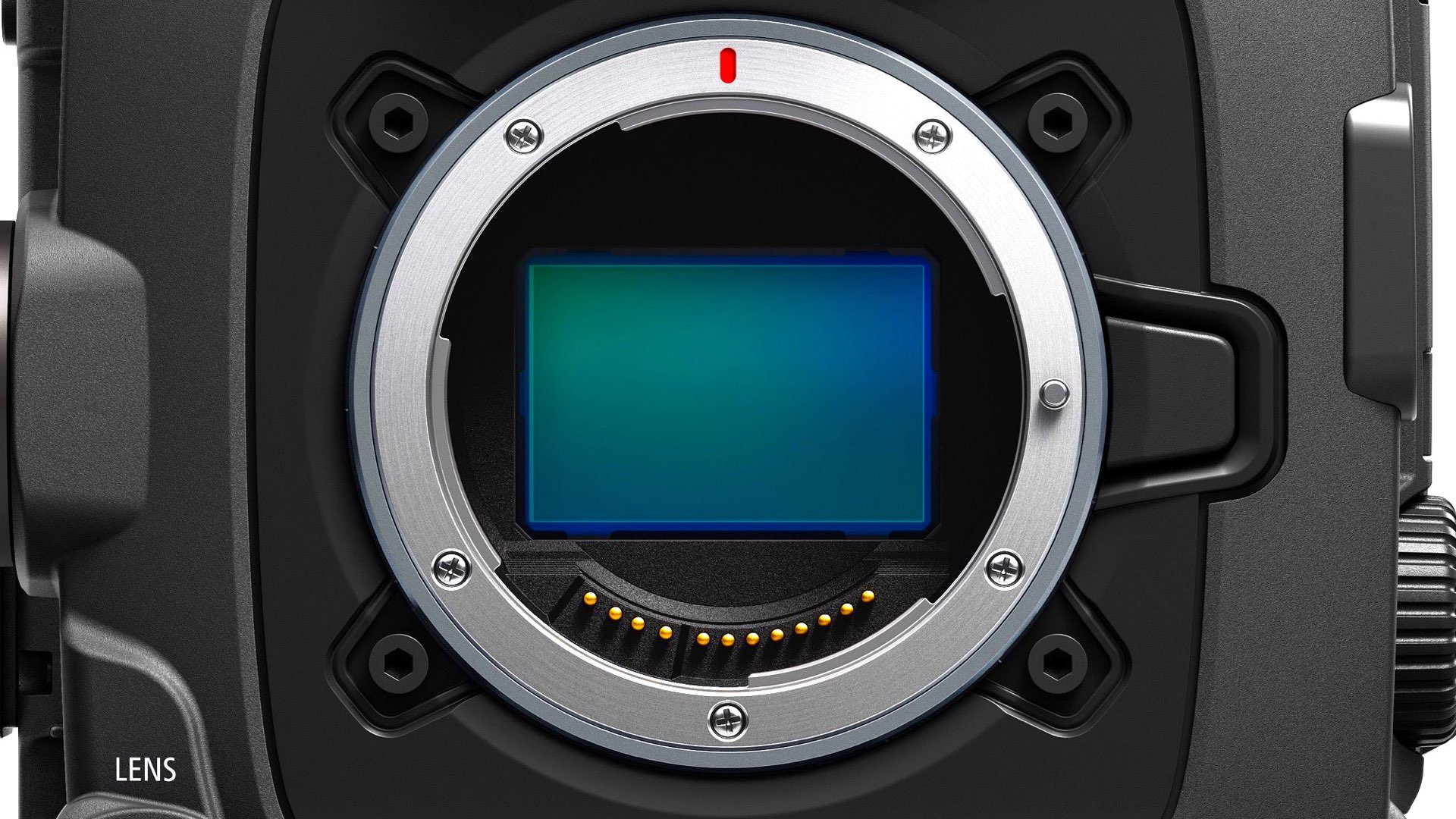
Not Yet Ready for Filmmaking
Despite its groundbreaking resolution and technological advancements, Canon’s 410-megapixel sensor is not currently designed for cinematic use. The RGB version’s maximum frame rate of 8 frames per second falls well short of the 24 frames per second standard required for smooth video playback. However, the monochrome version’s ability to achieve 24 FPS makes it a viable option for high-resolution video capture in specialized applications.
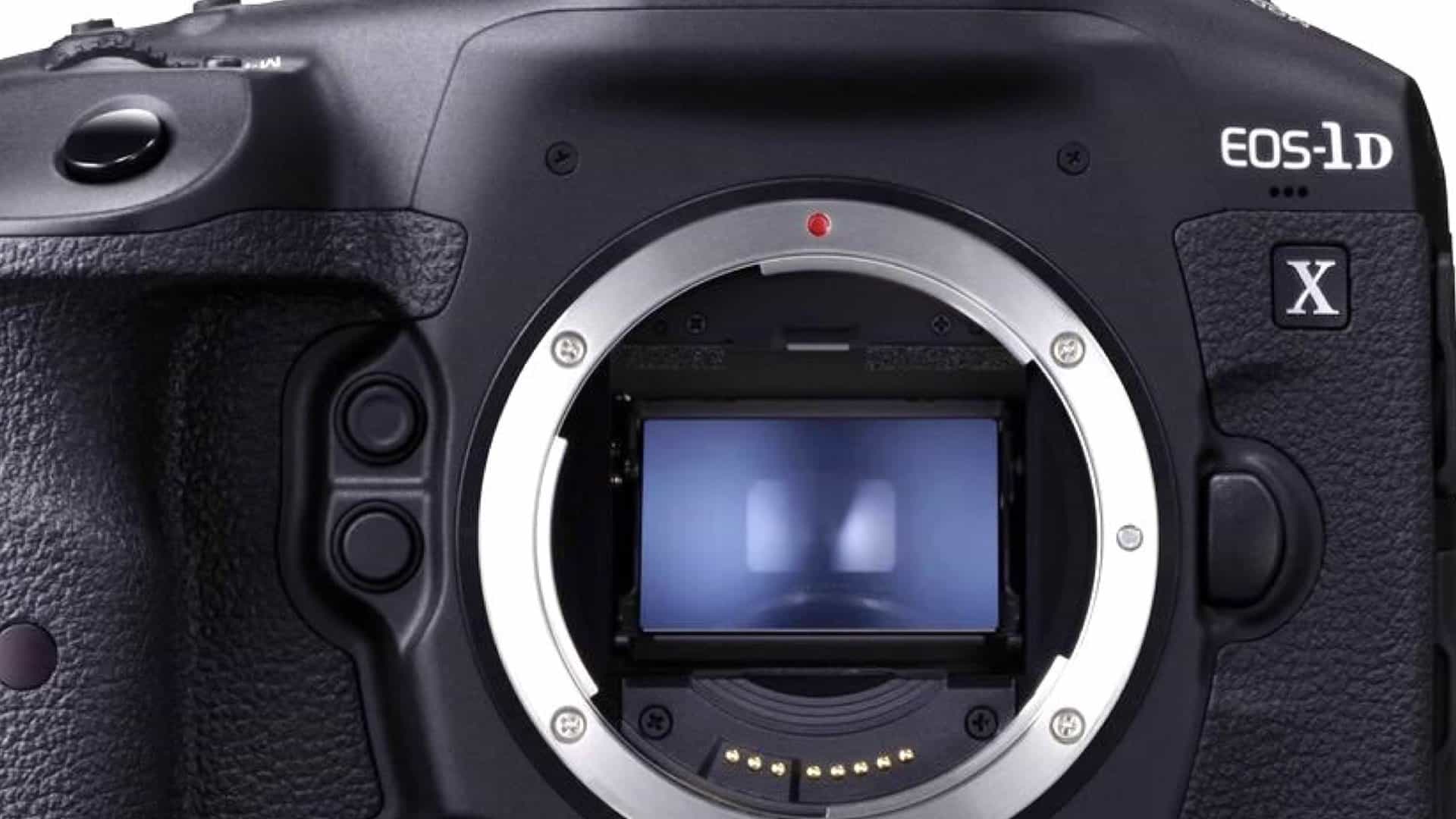
A Foundation for Future Cinema Technology
While this sensor may not immediately find its way into filmmaking equipment, it represents a crucial step forward in sensor technology. The innovations in miniaturization, data processing, and readout speed provide a solid foundation for future ultra-high-resolution sensors that could meet the demands of cinema cameras. As Canon continues to refine its technology, the potential for integrating such sensors into professional video production tools becomes increasingly viable.
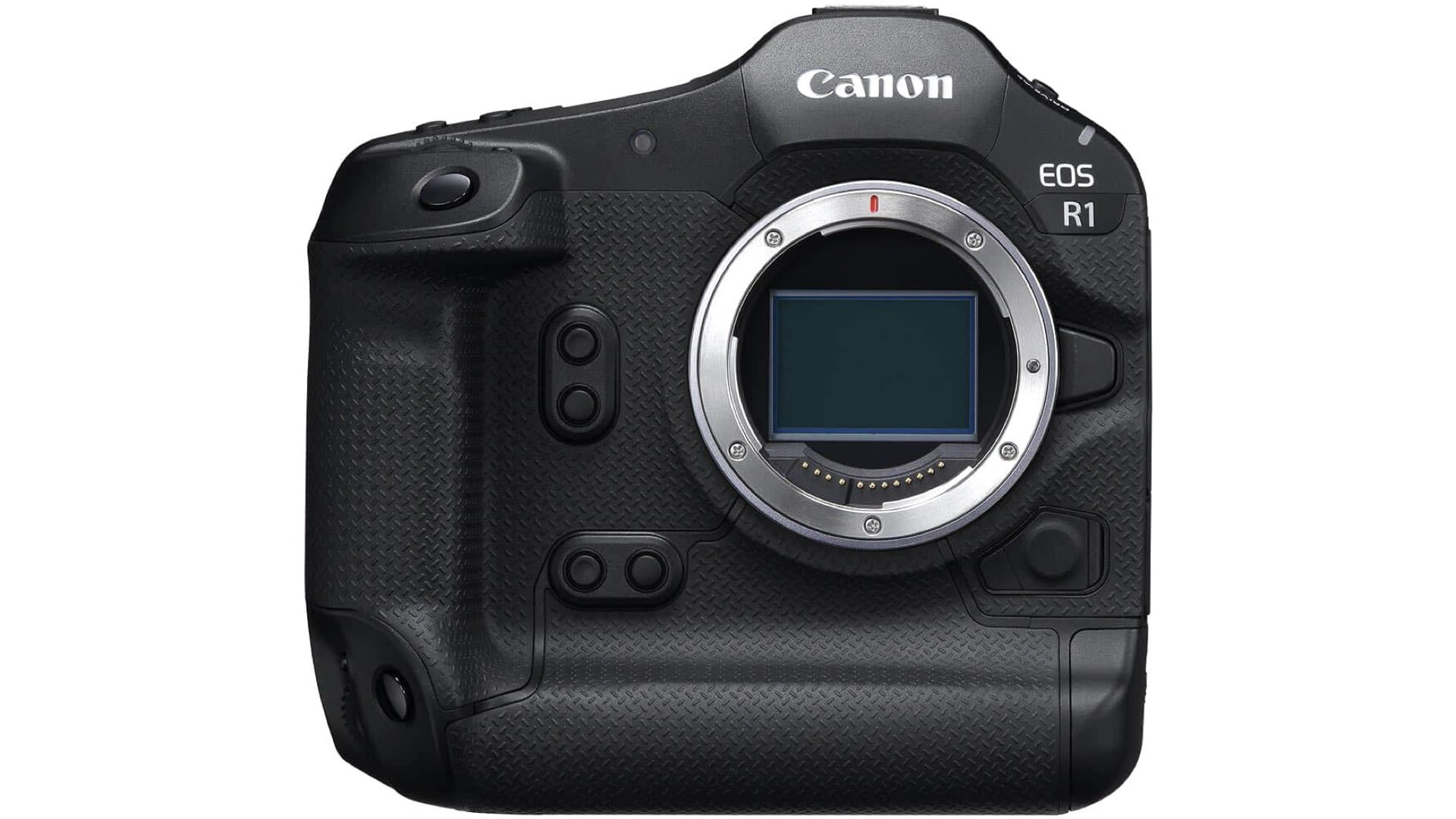
Applications Beyond Filmmaking
The primary focus of this sensor is on applications that demand extreme detail and precision. In surveillance, the ability to capture ultra-high-resolution images can significantly enhance the effectiveness of security systems. In medicine, the sensor’s ability to reveal minute details can aid in diagnostics and research. Industrial imaging applications, such as quality control and materials analysis, can also benefit from the sensor’s unparalleled resolution and sensitivity. Anyway, Canon’s 410-megapixel CMOS sensor is the latest in a long line of innovations that highlight the company’s leadership in imaging technology. From developing ultra-sensitive sensors to pioneering SPAD (Single Photon Avalanche Diode) technology, Canon has consistently pushed the boundaries of what is possible in imaging. This new sensor underscores the company’s dedication to advancing technology and contributing to societal transformation. Check out the full press release below:
Canon U.S.A., Inc. today announced that its parent company, Canon Inc. announced that it has developed a CMOS sensor with 410 megapixels (24,592 x 16,704 pixels), which is the largest number of pixels ever achieved in a 35mm full-frame sensor. It will be available in both RGB and monochrome versions. This sensor is expected to be used in applications that demand extreme resolution in various markets including surveillance, medicine, and industrial imaging. The newly developed CMOS sensor features a resolution equivalent to 24K (198 times greater than Full HD, and 12 times greater than 8K). This enables users to crop any part of the image captured by this sensor and enlarge it significantly while maintaining high resolution. While many CMOS sensors with a super-high pixel count are medium-format or larger, this extreme resolution sensor is compacted into a 35mm full-frame format. This allows it to be used in combination with lenses for full-frame sensors and is expected to contribute to the miniaturization of shooting equipment. As data readout of a CMOS sensor tends to take longer as the number of pixels increases, achieving a CMOS sensor with a super-high pixel count requires advanced signal processing technology. This newly developed sensor employs a back-illuminated stacked formation in which the pixel segment and signal processing segment are interlayered and also includes a redesigned circuitry pattern. As a result, the sensor is capable of achieving a super-high readout speed of 3,280 megapixels per second, delivering video at 8 frames per second. The monochrome version features a “four-pixel binning” function that virtually treats four adjoining pixels as one, thereby improving sensitivity and making it possible to capture brighter images. When this function is in use, the sensor can capture 100-megapixel video at 24 frames per second. By leveraging the technology it has accumulated over many years as a leading imaging company, Canon has developed breakthrough products including CMOS sensors with super-high pixel count and ultra-sensitivity, and SPAD sensors, which detect faint traces of light even in dark areas. Canon will continue to advance its technology and contribute to the transformation and further development of society
Canon
Conclusion
Canon’s development of a 410-megapixel CMOS sensor marks a significant milestone in imaging technology. While its current applications are focused on surveillance, medicine, and industrial imaging, the technological advancements achieved with this sensor lay the groundwork for future innovations in filmmaking and beyond. As the industry continues to evolve, this breakthrough sensor represents a glimpse into the future of ultra-high-resolution large format imaging.




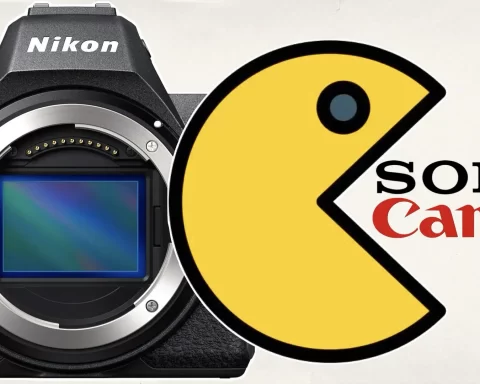

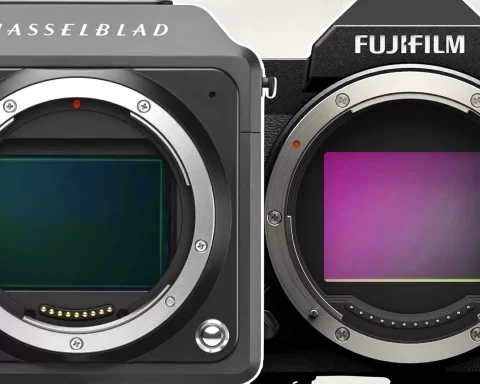


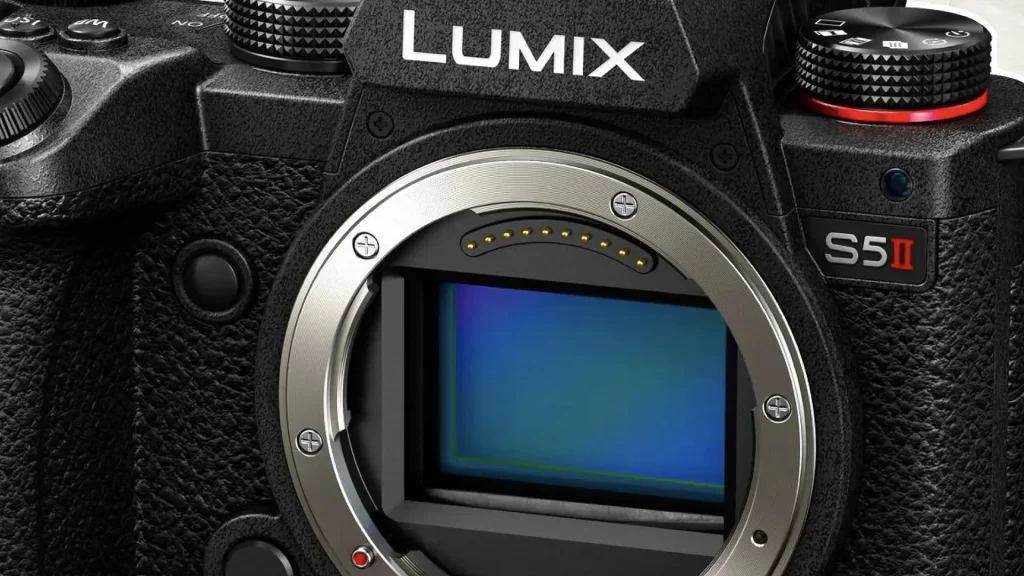
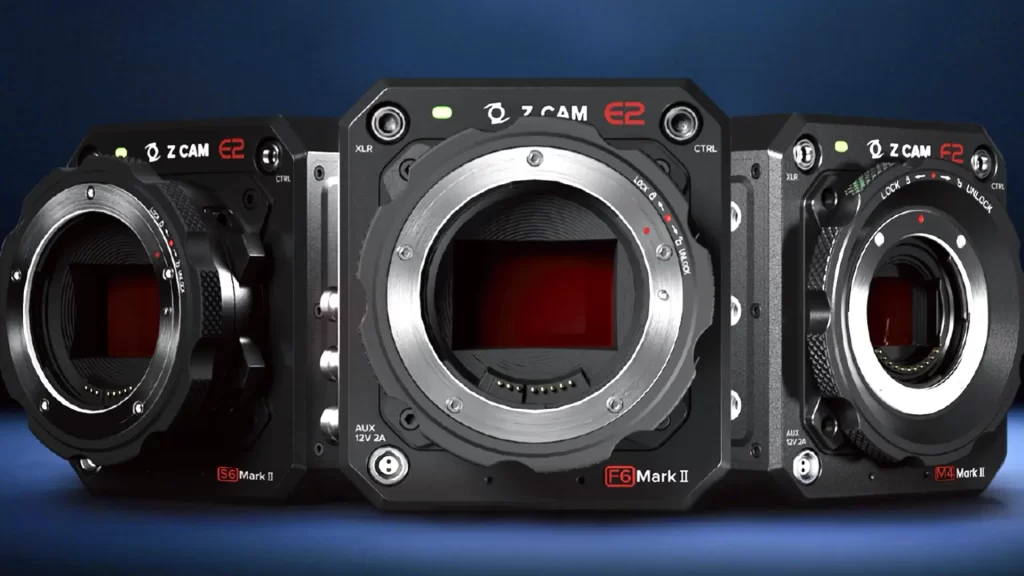




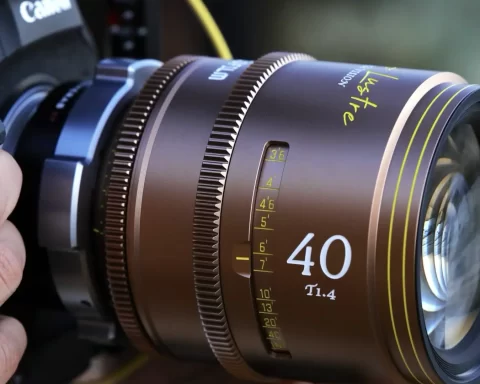


Yossy who manufactures the sensors for Canon?
Canon.